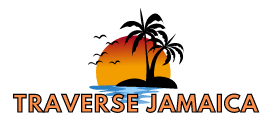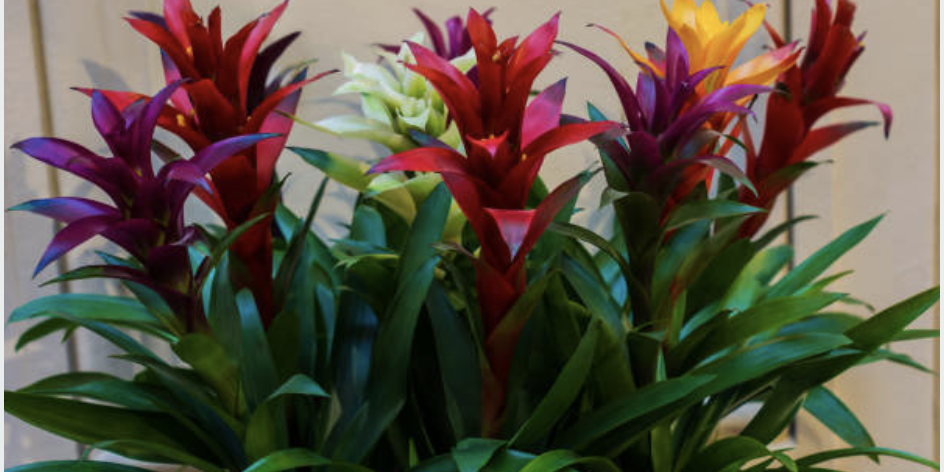When most people think of Jamaica, they picture sun-drenched beaches, reggae music, and jerk chicken sizzling on a grill. But hidden away in the island’s misty mountains and tropical forests is a quieter, wilder beauty—the vibrant, otherworldly world of bromeliads.
What Are Bromeliads?
Bromeliads are a diverse family of plants known for their striking shapes, brilliant colors, and fascinating adaptations. Most are native to the Americas, and Jamaica is home to around 60 species, many of which are endemic—meaning they grow nowhere else on Earth.
These plants thrive in Jamaica’s humid microclimates, clinging to rocks, trees, and even growing directly on the forest floor. Some have rosettes that collect rainwater and debris, forming tiny, self-contained ecosystems. Others produce long, tubular flowers that attract hummingbirds and pollinators.
Where to Find Them
To see Jamaican bromeliads in their natural habitat, head to the Blue and John Crow Mountains, a UNESCO World Heritage site and one of the richest ecological regions in the Caribbean. The higher you climb, the more you’ll see these plants transforming the landscape with splashes of red, orange, and pink against a backdrop of deep green moss and ferns.
Another prime location is the Cockpit Country—a rugged, limestone region known for its caves, sinkholes, and biodiversity. Many of Jamaica’s rarest bromeliads are tucked into the steep, forested valleys of this area, often requiring a bit of hiking and patience to spot.
For an easier viewing experience, visit gardens like Hope Botanical Gardens in Kingston or Cinchona Botanical Gardens in the mountains. These places offer curated paths through native and exotic plant collections, making it easy to observe bromeliads up close.
Why They Matter
Bromeliads aren’t just eye candy. They play a vital role in the local ecosystem. The water-filled cups at the center of many bromeliads serve as breeding grounds for frogs, homes for insects, and watering holes for birds. Some species help prevent erosion by clinging to rocky slopes and absorbing rainfall.
Because many Jamaican bromeliads are found only in specific areas, they are extremely vulnerable to deforestation, mining, and climate change. Several species are now considered endangered. Protecting them means protecting entire webs of life that depend on them.
Fun Facts
-
Air plants are a type of bromeliad that can grow without soil, absorbing moisture and nutrients through their leaves.
-
The pineapple is the most famous bromeliad and one of the few cultivated for food.
-
Some bromeliads flower only once in their lifetime, then die—but not before producing “pups,” or baby plants, to carry on their legacy.
Bringing Bromeliads Home
If you’re inspired to grow your own bromeliads, you’re in luck. Many varieties are hardy, low-maintenance, and thrive indoors or on shaded patios. Just give them good air circulation, filtered light, and a little humidity. And remember: they don’t like to sit in water, but they do enjoy a gentle misting now and then.
There are local nurseries in Jamaica that specialize in bromeliads and native plants. Just be sure to source them responsibly—never take plants from the wild, as this contributes to habitat loss and species decline.
Final Thoughts
Bromeliads are more than just beautiful tropical plants—they’re miniature ecosystems, evolutionary marvels, and an essential part of Jamaica’s natural heritage. Whether you’re hiking through mountain fog or wandering a garden path, keep your eyes open. You might just discover a whole new layer of Jamaica’s wild charm hiding in plain sight.









